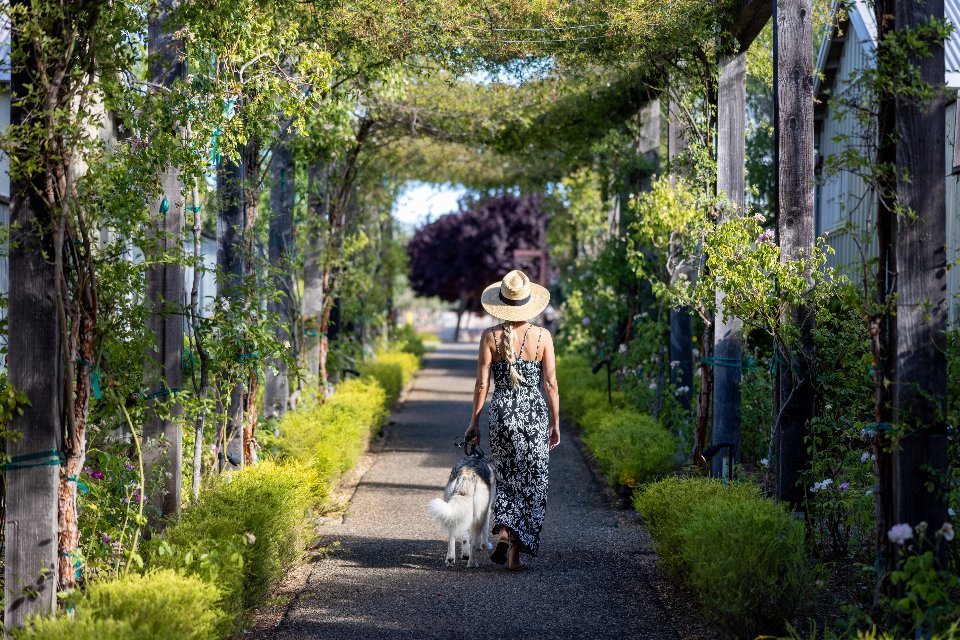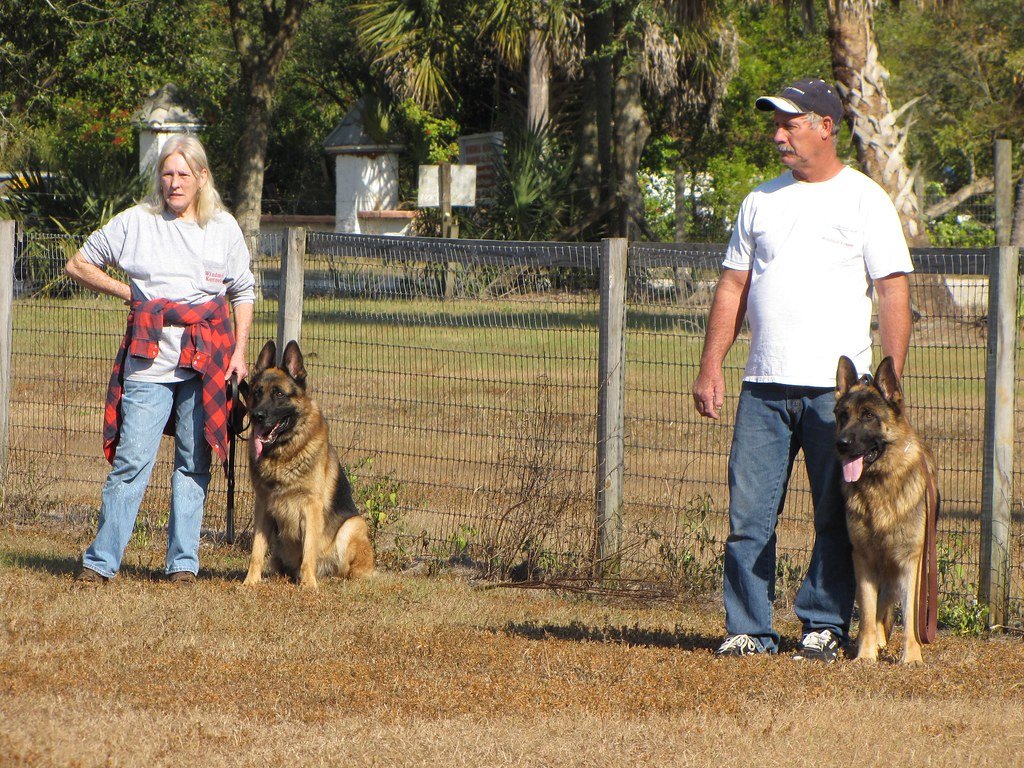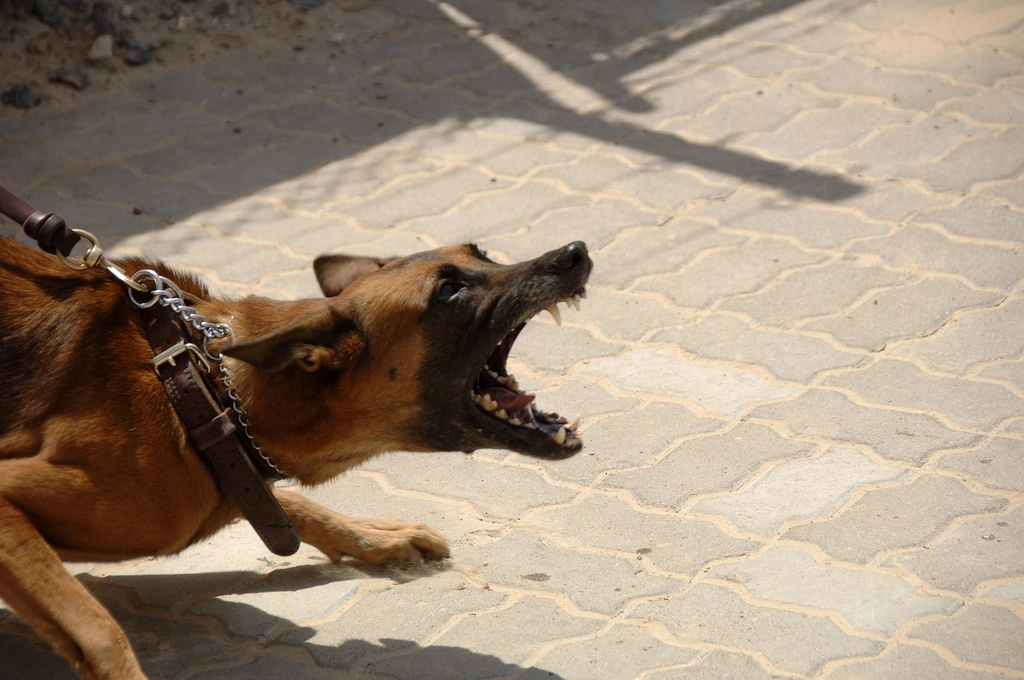Have you ever caught your dog growling at another pup in the park or snapping at visitors, and your heart just sinks? You’re not alone. So many loving dog owners face the same scary, confusing moments. It’s tough to see your loyal companion act out, but understanding and changing aggressive behavior is not only possible—it can transform your bond forever. Let’s dig into how you can help your dog feel safe, understood, and peaceful.
Spotting the Warning Signs Early

Aggression in dogs rarely appears out of nowhere. You might first notice subtle cues—like stiffening, tucked tails, or that hard stare—before anything more obvious happens. Sometimes, a dog will lick its lips or yawn when feeling anxious, long before a growl or snap. Paying attention to these signals is the first step in keeping everyone safe.
If your dog starts to bark excessively, bare its teeth, or tries to guard its space, these are clear red flags. Think of these as your dog’s way of waving a white flag, saying, “I’m not comfortable!” Catching these signals early gives you the chance to intervene gently and redirect your dog’s focus.
Understanding What Triggers Aggression

Every dog is different, but most aggression comes from fear, pain, or feeling threatened. For example, some dogs lash out at strangers, while others get protective over food or toys. Try to notice what always seems to set your dog off. Is it other dogs, loud noises, or maybe even being touched in certain places?
Keep a simple journal for a week and jot down when your dog acts up and what happened right before. You might spot a pattern you never noticed before. Getting to the root of the issue makes solutions much clearer and helps you avoid those tricky situations in the future.
Health Issues That Can Cause Aggression

Sometimes, aggression is your dog’s way of telling you something hurts. Common causes include dental pain, arthritis, or even ear infections. Even a normally gentle dog can get snappy when they’re not feeling well.
If your dog suddenly becomes aggressive without any clear reason, a vet check is a must. Ruling out physical problems is always the first step. Once you know your pup is healthy, you can focus on behavioral solutions with confidence.
Building Trust Through Consistent Training

Training isn’t just about commands; it’s about building a relationship built on trust. Reward calm behavior with treats, praise, or a favorite game. When your dog learns that good behavior gets good things, confidence grows and fear shrinks.
Short, positive sessions work best. For example, if your dog gets tense around strangers, start by letting them observe new people from a safe distance, rewarding them for staying calm. Over time, you can slowly decrease the distance as your dog becomes more comfortable.
Preventing Aggression Before It Starts

Socializing your dog early is like giving them an emotional toolbox. Introduce them to new people, pets, and places in a gentle, positive way. Even older dogs can learn new tricks—start small, like a calm walk past a neighbor or a quiet visit to a friend’s house.
Routine is your best friend. Dogs love to know what’s coming next, so keep feeding, walks, and playtime on a predictable schedule. It helps your pup feel secure and less likely to lash out from stress or confusion.
Managing Aggressive Moments Safely

If your dog does become aggressive, safety comes first—for everyone. Never punish or yell, as this can make things worse. Stay calm and use a firm, gentle voice to redirect your dog’s attention or remove them from the situation.
Tools like leashes, baby gates, or crates can help you manage risky moments while you work on long-term solutions. Remember, it’s not about “winning” but about keeping everyone safe while you help your dog learn better ways to cope.
When to Seek Professional Help

Sometimes, despite your best efforts, aggression continues or even escalates. This is when calling in a certified dog trainer or behaviorist is crucial. They can spot things you might miss and create a plan tailored to your dog.
Don’t feel discouraged or embarrassed—many loving owners need expert help, and getting support shows how much you care. With patience, guidance, and teamwork, even the toughest behaviors can improve.






